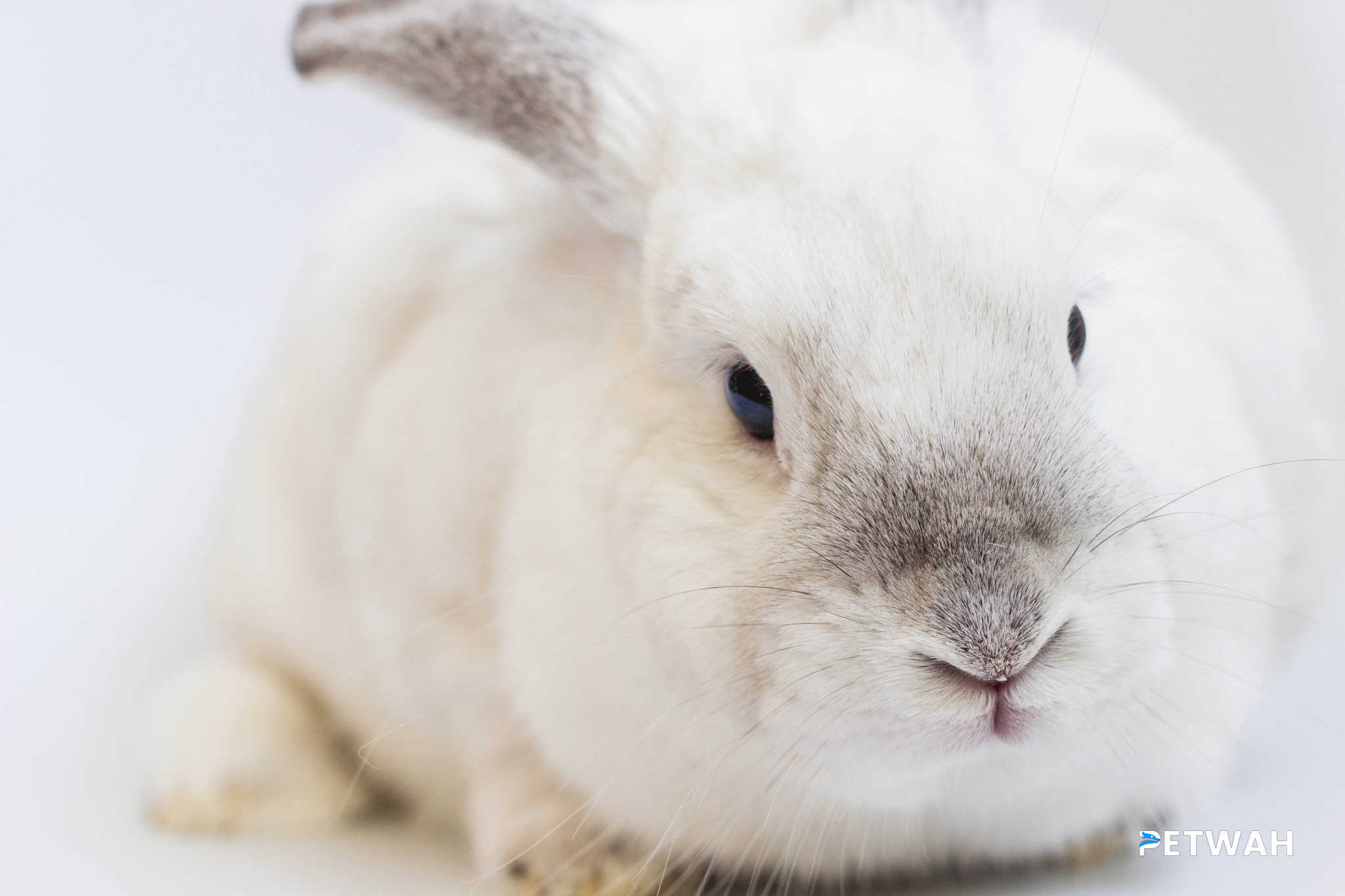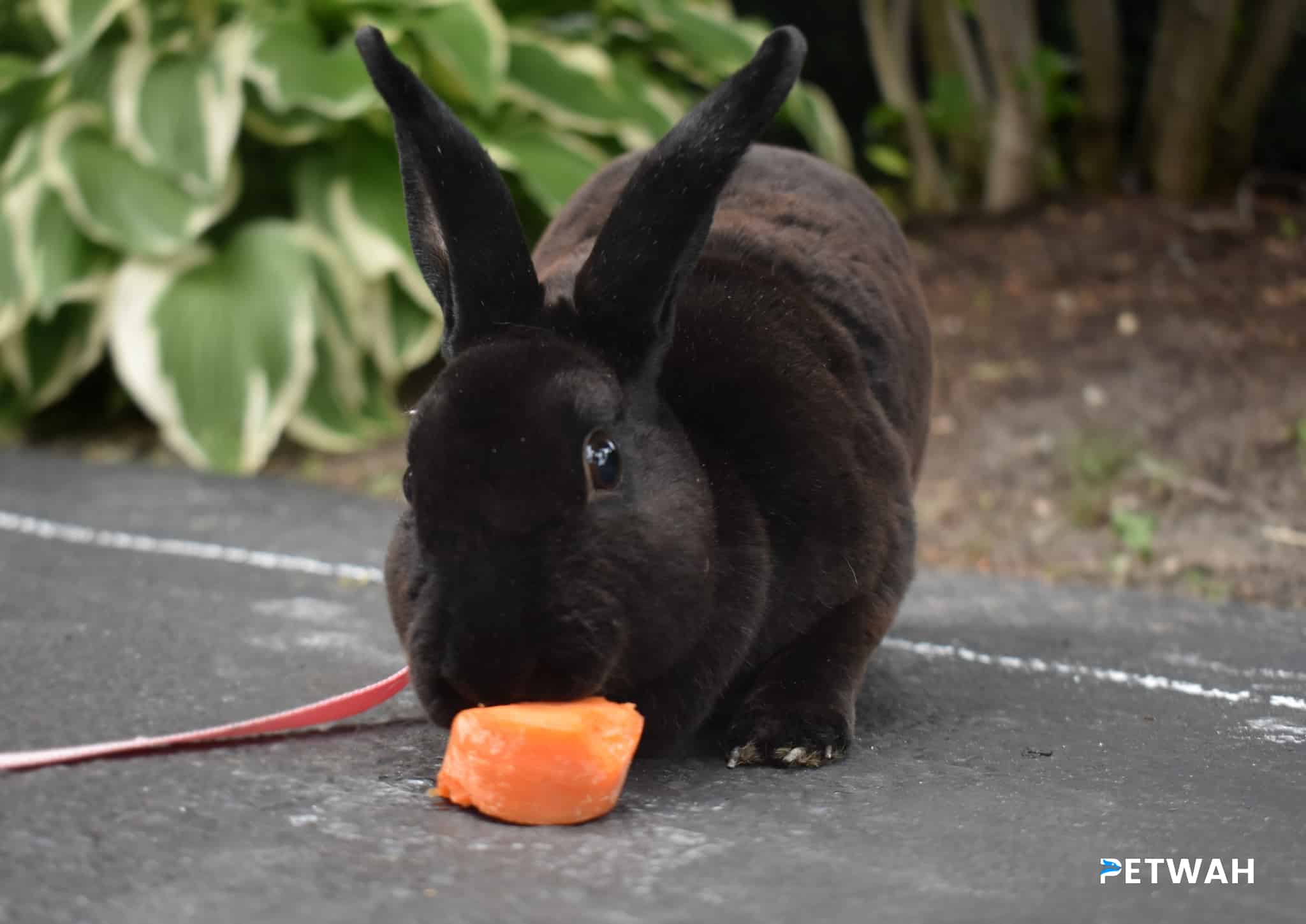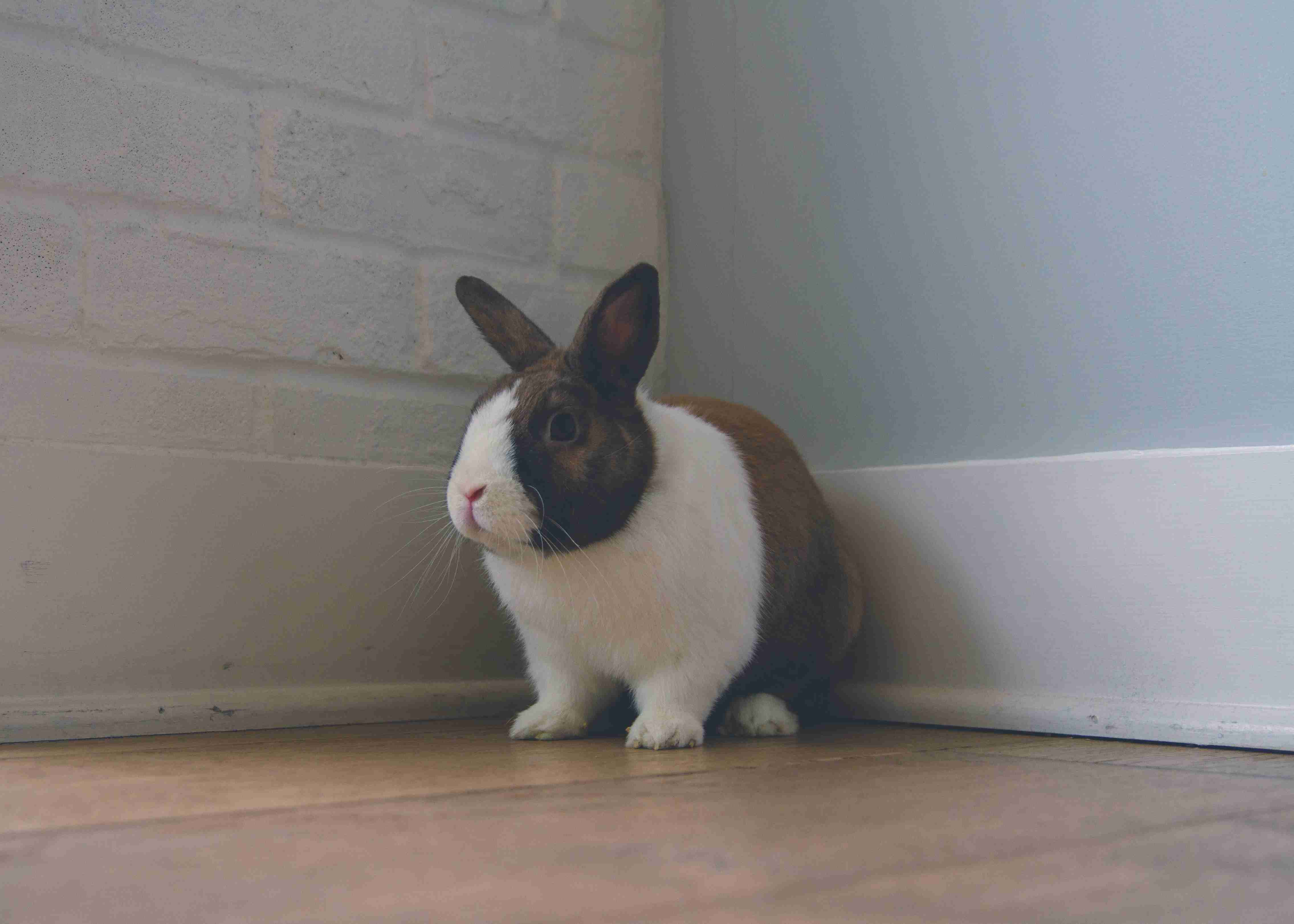Emergency Preparedness Tips for Rabbits: Ensuring the Safety of Your Furry Friend
Rabbits are adorably cute and cuddly pets, but just like any other living creature, they are susceptible to emergencies. As a responsible pet owner, it’s important to be prepared for unforeseen circumstances and have a plan in place to safeguard your rabbit’s well-being. In this article, we will discuss some essential emergency preparedness tips that every couple should know to keep their furry friend safe.
Creating an Emergency Kit for Your Rabbit

One of the first steps in being prepared for emergencies is to have an emergency kit specifically tailored to your rabbit’s needs. This kit should include essential items that will help you care for your pet during an emergency or evacuation. Here are some items that should be included in your rabbit’s emergency kit:
– Enough rabbit food to last for at least a week
– Fresh water supply and a water bowl
– Extra bedding material
– A carrier or transport cage
– Medications, if your rabbit requires any
– A list of emergency contacts, including your veterinarian’s information
– A copy of your rabbit’s medical records and any important documents
– A familiar item or toy to provide comfort in stressful situations
Staying Informed and Having a Plan
In times of emergency, it’s crucial to stay informed and have a plan in place. Being aware of potential risks and having a well-structured plan will help you act quickly and decisively. Here are some steps to consider:
1. Stay informed about local emergencies: Sign up for emergency alerts from your local authorities or use websites and apps that provide real-time emergency information.
2. Identify safe areas: Know where the safest areas of your home are in case you need to take shelter during a disaster. These areas should be away from windows and should preferably have enough space to accommodate your rabbit’s carrier or transport cage.
3. Have a designated caregiver: If you and your partner are unable to care for your rabbit during an emergency, have a trusted individual identified as a backup caregiver who can take care of your pet temporarily.
4. Plan for evacuation: Prepare and practice an evacuation plan with your rabbit. This plan should include a safe transportation carrier, a pre-determined meeting point, and a plan for sheltering in case you need to leave your home.
5. Establish a “rabbit-safe” room: Designate a specific room in your home where your rabbit can safely stay during emergencies. This room should be free from potential hazards and have all the necessary supplies readily available.
Creating a Safe Environment for Your Rabbit
Along with having a well-prepared emergency plan, it’s important to create a safe environment for your rabbit on a day-to-day basis. Here are some additional tips to ensure your rabbit’s safety:
– Rabbit-proof your home: Conduct a thorough inspection of your living space and remove any potential hazards like electrical cords, toxic plants, or small objects that your rabbit could chew on or swallow.
– Secure your rabbit’s living area: Ensure that your rabbit’s enclosure or living area is secure and escape-proof. Rabbits are excellent diggers and jumpers, so take necessary precautions to prevent escapes.
– Keep emergency supplies accessible: Place your rabbit’s emergency kit and other necessary supplies in an easily accessible location. This will save you time in case of an emergency.
– Regularly check your rabbit’s health: Schedule regular check-ups with your veterinarian to ensure your rabbit is healthy and up to date on vaccinations. Early detection of health issues can prevent emergencies from escalating.
Conclusion
Being prepared is the key to ensuring the safety and well-being of your beloved rabbit during emergencies. By creating an emergency kit, staying informed, and having a well-structured plan, you can minimize the stress and risks associated with unexpected events. Additionally, providing a safe living environment for your rabbit on a daily basis will contribute to their overall safety. Remember, prevention is always better than cure.
FAQs
1. What should I include in my rabbit’s emergency kit?
Your rabbit’s emergency kit should include enough food, fresh water, bedding, a carrier, medications (if applicable), emergency contacts, medical records, and a comforting item or toy.
2. How can I stay informed about local emergencies?
Sign up for emergency alerts from your local authorities or use websites and apps that provide real-time information about emergencies in your area.
3. Should I have a designated caregiver for my rabbit during emergencies?
Having a designated caregiver as a backup plan is a wise decision in case you and your partner are unable to care for your rabbit during an emergency.
4. How can I rabbit-proof my home?
Conduct a thorough inspection of your living space and remove any potential hazards like electrical cords, toxic plants, or small objects that your rabbit could chew on or swallow.
5. What should I do if my rabbit escapes during an emergency?
Ensure that your rabbit’s living area is secure and take necessary precautions to prevent escapes. In case your rabbit does escape, have a plan in place to safely retrieve them.
Remember, emergencies can occur unexpectedly, so it’s crucial to be prepared at all times. By following these tips and guidelines, you can safeguard your furry friend’s well-being during unforeseen circumstances.
For more information on pet safety and emergency preparedness, visit PetWah.com, a reliable resource for all your pet-related needs.





.jpg)

.jpg)